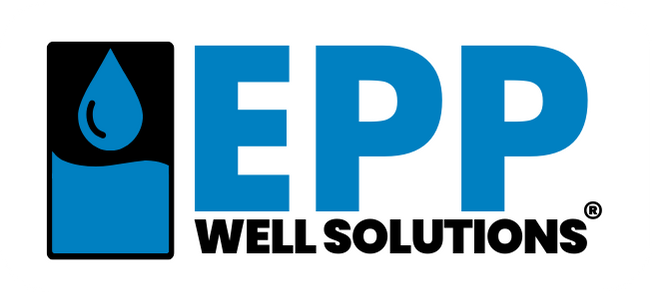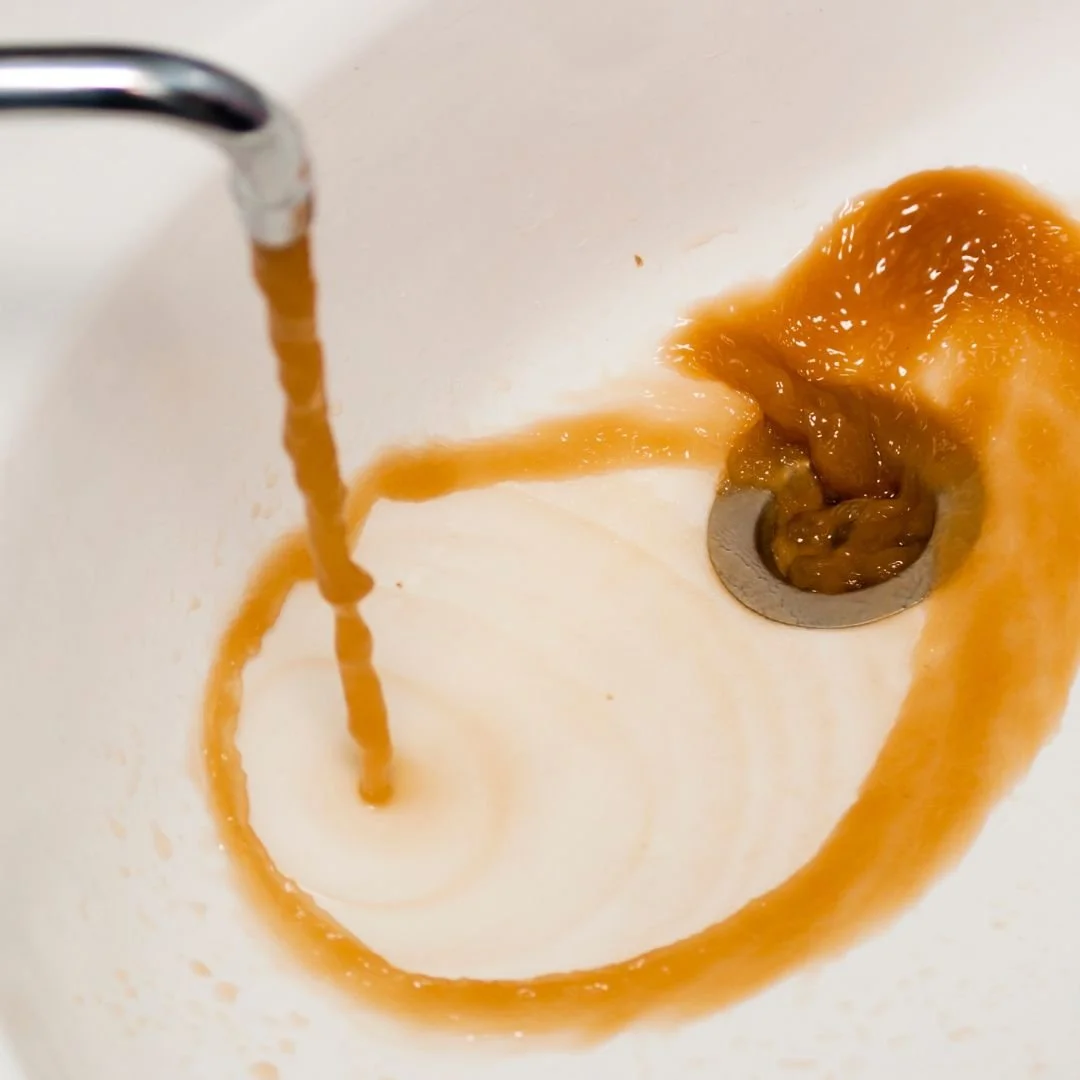How to Deal with Iron Bacteria in Your Well Water
Iron bacteria are a persistent challenge for well owners, causing issues like foul odors, staining, and potential damage to well systems. These naturally occurring microorganisms thrive in iron-rich groundwater, forming slimy, rust-colored biofilms that can clog pipes, reduce water flow, and degrade water quality. For those reliant on private wells, managing iron bacteria is essential to maintaining a reliable and clean water supply. This article provides a detailed guide to understanding, identifying, preventing, and treating iron bacteria, with a later exploration of how advanced systems can support these efforts.
Understanding Iron Bacteria in Well Water
Iron bacteria are non-pathogenic microorganisms that feed on dissolved iron in groundwater, commonly found in private wells. While they don’t pose direct health risks, their presence can lead to significant problems. They produce a slimy, gelatinous biofilm that appears as reddish-brown or yellowish deposits in toilets, sinks, or pipes, causing swampy odors, a metallic taste in water, and staining on fixtures, laundry, or dishes. Over time, this biofilm can clog well screens, pumps, and plumbing, reducing water flow and increasing maintenance costs.
These bacteria thrive in environments with iron concentrations as low as 0.3 parts per million (ppm), a level common in many well water systems. They are particularly prevalent in wells with low oxygen levels, stagnant water, or fluctuating water tables—conditions often associated with low-yielding wells. Recognizing symptoms like persistent staining, slimy residues, or reduced water pressure is critical for well owners to address the issue promptly.
Identifying Iron Bacteria in Your Well
Accurate identification is essential before treating iron bacteria, as their symptoms can mimic other water quality issues, such as high iron content or sediment buildup. Well owners can start by observing physical signs: reddish-brown stains on fixtures, slimy coatings in toilet tanks, or a metallic odor. Water testing is crucial to confirm the presence of iron bacteria, as standard iron tests may not detect the bacteria themselves. Specialized tests, available through local water testing labs or environmental health departments, can identify iron bacteria by analyzing biofilm samples or water chemistry.
Well owners should also inspect their well system for conditions that promote iron bacteria growth. Poorly sealed well caps, cracked casings, or infrequent pump use can allow oxygen and organic matter to enter the well, creating ideal conditions for bacteria. Regular monitoring of water quality and system performance can help detect iron bacteria early, preventing extensive buildup and costly repairs.
Preventing Iron Bacteria Growth
Prevention is the most effective strategy for managing iron bacteria, as established colonies can be difficult to eliminate. Well owners can take several proactive steps to minimize conditions that encourage bacterial growth:
Maintain well integrity by ensuring the well cap is tightly sealed and the casing is intact to prevent surface water, debris, or oxygen from entering.
Reduce iron levels with a water softener or iron filter to lower dissolved iron, limiting the food source for iron bacteria.
Promote water flow by running the well pump regularly, especially in low-use systems, to prevent stagnation and the buildup of organic matter.
Monitor water chemistry through regular testing for iron levels, pH, and other parameters to maintain conditions less favorable to iron bacteria.
By implementing these measures, well owners can reduce the likelihood of iron bacteria taking hold, protecting their well system and water quality.
Treating Iron Bacteria Infestations
When iron bacteria are already present, treatment is necessary to remove the biofilm and restore water quality. Several methods are available, each with its advantages and considerations.
Chemical treatment, often through shock chlorination, involves introducing a high concentration of chlorine into the well and plumbing system to kill iron bacteria and break down their biofilm. This process typically uses a chlorine solution of 200–500 ppm, circulated for several hours before flushing. While effective, shock chlorination may need to be repeated periodically, as iron bacteria can regrow if conditions remain favorable. Well owners must follow safety guidelines and ensure thorough flushing to avoid residual chlorine in drinking water.
Physical cleaning is another option, particularly for severe infestations. This involves removing the pump and scrubbing the well casing and screens to dislodge biofilm. Professional well contractors often perform this labor-intensive process, which may be combined with chemical treatment for better results. However, physical cleaning can be costly and may not address bacteria in the surrounding aquifer.
For ongoing control, installing an in-line chlorination system or ultraviolet (UV) disinfection unit can prevent regrowth. These systems treat water as it enters the home, targeting bacteria before they spread through plumbing. In-line chlorination requires regular maintenance to replenish chlorine, while UV systems are low-maintenance but need periodic bulb replacement. Both options are effective for well owners with persistent iron bacteria issues.
Long-Term Management Strategies
After treating iron bacteria, long-term management is essential to prevent recurrence. Regular maintenance of the well system, including annual inspections of the pump, casing, and seals, can identify potential issues before they escalate. Well owners should also continue monitoring water quality through periodic testing to detect changes in iron levels or bacterial activity.
Adjusting water usage patterns can help manage iron bacteria. For example, avoiding overuse of the well pump during low water table periods reduces the risk of introducing oxygen or organic matter, which can fuel bacterial growth. In low-yielding wells, managing water demand through conservation techniques—like using low-flow fixtures or scheduling high-water-use tasks—can minimize stress on the system.
For well owners with persistent iron bacteria issues, upgrading to a comprehensive water treatment system may be necessary. These systems can include iron filters, water softeners, or continuous disinfection units tailored to the well’s specific conditions. Consulting with a water treatment professional can help determine the best combination of treatments for long-term control.
Enhancing Well Management with the Well Harvester
For well owners dealing with iron bacteria in low-yielding wells, integrating a system like the Well Harvester from Epp Well Solutions can enhance overall water management. The Well Harvester is designed to optimize water yield in low-producing wells, using advanced technology to monitor water levels and adjust pumping to prevent over-pumping. Its water holding tank stores water at high pressure, ensuring consistent output for household needs while reducing strain on the well.
By pairing the Well Harvester with a rainwater harvesting system or water treatment setup, well owners can create a hybrid approach to manage iron bacteria. For example, treated rainwater can be used for non-potable tasks like irrigation, reserving the Well Harvester’s capacity for potable water free of iron bacteria. This reduces the well’s workload, limiting conditions that promote bacterial growth, such as stagnation or excessive pumping. The system’s ability to adapt to changing water levels also helps maintain stable flow, minimizing disruptions caused by biofilm buildup.
Practical Considerations for Treatment and Maintenance
Treating and preventing iron bacteria requires careful planning. When using shock chlorination, well owners should follow local guidelines for chlorine disposal to avoid environmental harm. Physical cleaning or professional treatments may require temporary water shutoffs, so planning for alternative water sources during these periods is essential. For ongoing treatment systems like UV or chlorination units, well owners should budget for maintenance costs, such as bulb replacements or chlorine refills.
Environmental factors, such as soil type or groundwater chemistry, can influence iron bacteria growth. Well owners in iron-rich regions may need more robust treatment systems, while those in areas with fluctuating water tables should prioritize regular monitoring. Understanding the well’s specific conditions—through testing and professional assessments—ensures tailored solutions that address both iron bacteria and underlying causes.
Community and Environmental Impacts
Managing iron bacteria effectively benefits not only individual well owners but also their communities. By maintaining well integrity and reducing over-pumping, well owners help preserve shared aquifers, preventing depletion that could affect neighboring wells. Proper treatment also minimizes the risk of biofilm contaminating groundwater, protecting local water quality.
On a broader scale, adopting sustainable well management practices, such as combining water treatment with efficient pumping systems, aligns with environmental conservation goals. Well owners who prioritize prevention and maintenance contribute to the long-term health of groundwater resources, supporting resilient rural communities where wells are a primary water source.
Overcoming Common Challenges
Addressing iron bacteria can present challenges, particularly for well owners with limited resources or technical expertise. Shock chlorination, while effective, requires careful handling of chemicals and thorough flushing, which can be time-consuming. Professional cleaning or advanced treatment systems may involve higher upfront costs, though they often save money by preventing damage to well components.
In low-yielding wells, iron bacteria can exacerbate existing water supply issues, making treatment more complex. Well owners may need to combine multiple strategies—such as chemical treatment, physical cleaning, and system upgrades—to achieve lasting results. Working with experienced professionals can help navigate these challenges, ensuring effective solutions tailored to the well’s needs.
Iron bacteria, while not harmful to health, can significantly impact well water quality and system performance. By understanding their causes, identifying their presence, and implementing prevention and treatment strategies, well owners can protect their wells and ensure a reliable water supply. Systems like the Well Harvester enhance these efforts by optimizing water management in low-yielding wells, complementing treatment approaches to minimize bacterial growth. With a proactive approach, well owners can maintain clean, efficient, and sustainable well systems for years to come.


